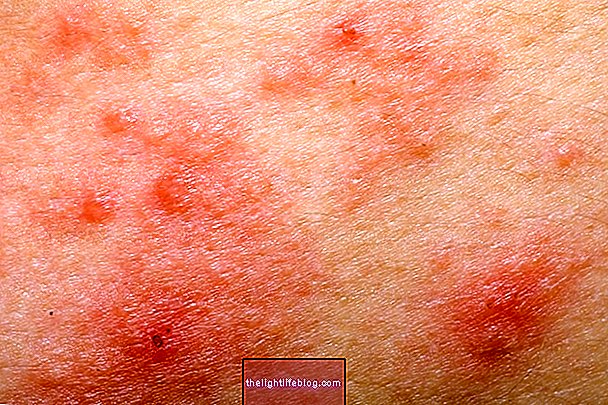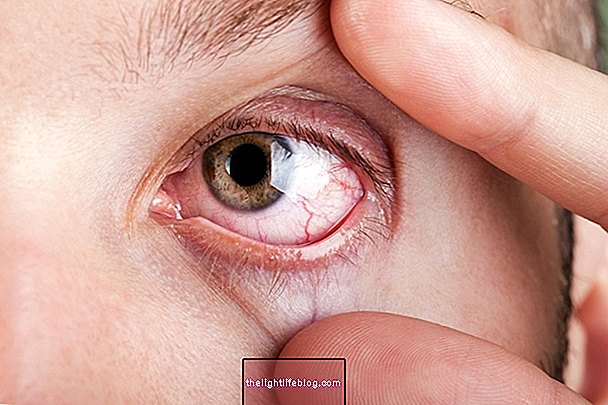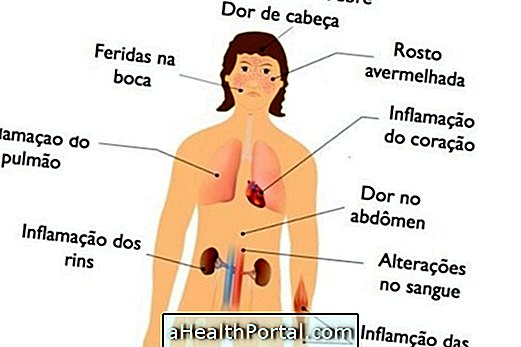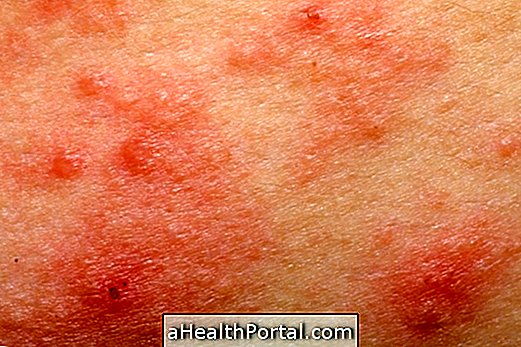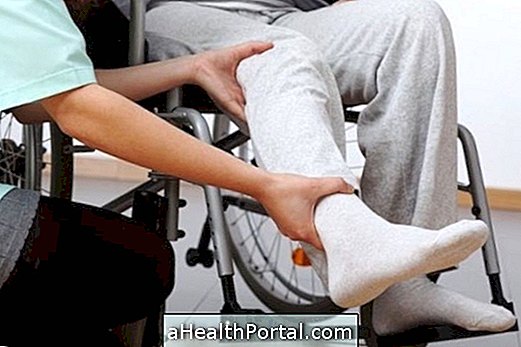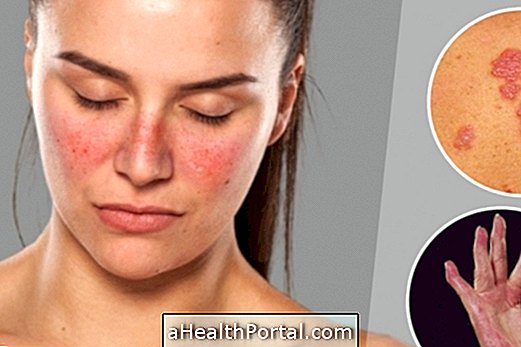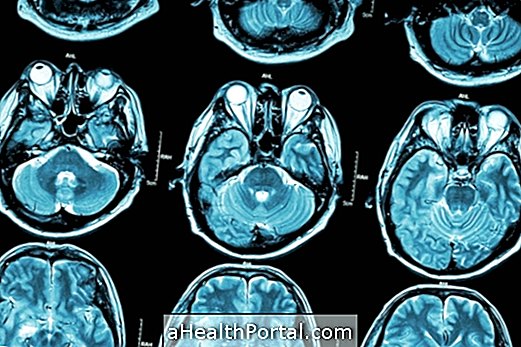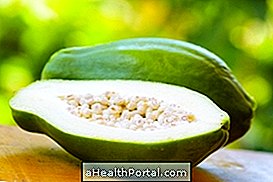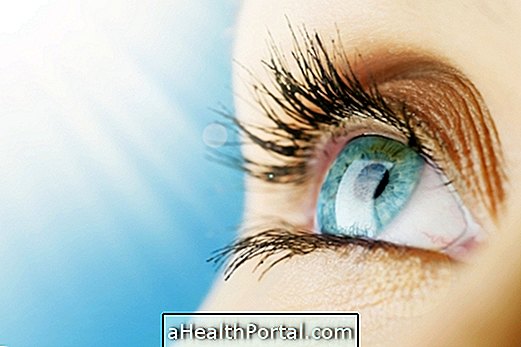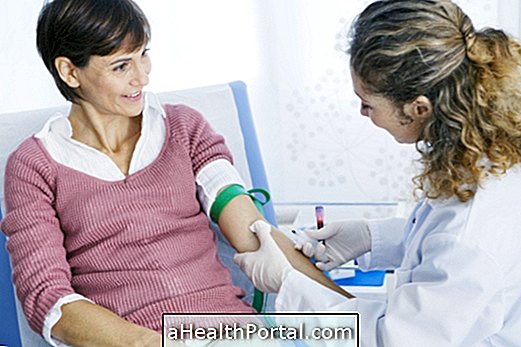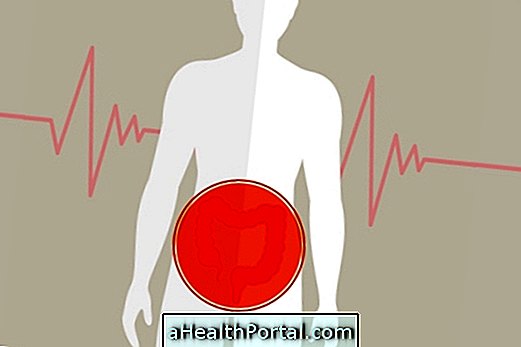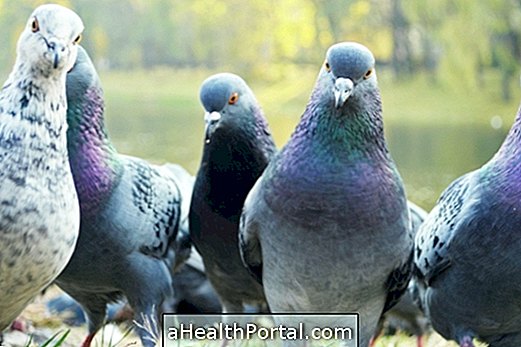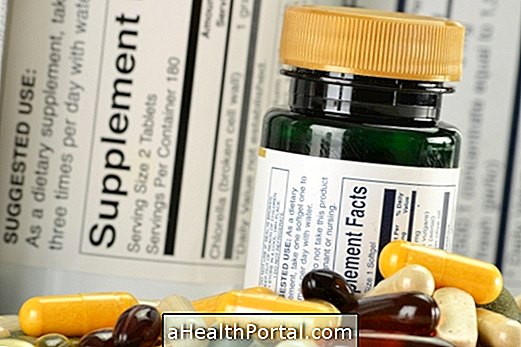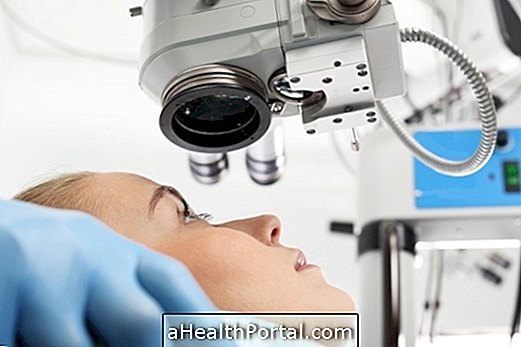Pemphigus is a rare immune disease characterized by the formation of soft blisters, which burst easily and do not heal. Usually, these blisters appear on the skin but can also affect the mucous membranes, such as the lining of the mouth, eyes, nose, throat and the intimate region
According to the type and pattern of onset of symptoms, pemphigus can be divided into several types which include:
- Pemphigus vulgaris is the most common type in which blisters appear on the skin and mouth. The blisters cause pain and may disappear, but usually there are dark spots that last for several months;
- Bullous pemphigus: Severe, deep blisters appear that do not burst easily, and are more common in the elderly. Learn more about this type of pemphigus;
- Pemphigus vegetative: is a benign form of pemphigus vulgaris, characterized by blisters in the groin, armpits or intimate region;
- Pemphigus foliaceus: is the most common type in tropical areas, characterized by the appearance of non-painful wounds or blisters that appear first on the face and scalp, but may extend to the chest and elsewhere;
-
Pemphigus erythematosus is a benign form of pemphigus foliaceus, characterized by superficial blisters on the scalp and face, and may be confused with seborrheic dermatitis or lupus erythematosus;
- Paraneoplastic pemphigus is the rarest type, as it is associated with some types of cancer such as lymphomas or leukemias.
Although it is more common in adults and the elderly, pemphigus can appear at any age. This disease is not contagious and has a cure, but its treatment with corticosteroids and immunosuppressants, prescribed by the dermatologist, can last for a few months or years to ensure the disease is controlled.
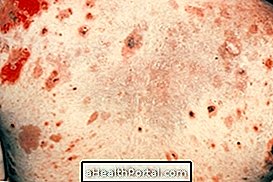

What can cause pemphigus
Pemphigus is caused by a change in the person's own immune system, which causes the body to produce antibodies that attack healthy skin and mucosal cells. Although there are no known factors that lead to this change, it is known that the use of some medicines for high blood pressure can cause the symptoms to appear, which disappear when the medicine is finished.
Thus, pemphigus is not contagious as it is not caused by any virus or bacteria. However, if the blister wounds become infected, it is possible to transmit these bacteria to another person who comes in direct contact with the wounds, which can lead to the appearance of skin irritation.
How is the treatment done?
Treatment for pemphigus is usually done with the use of medicines prescribed by the dermatologist, such as:
- Corticosteroids, such as Prednisone or Hydrocortisone: are used in milder cases of pemphigus to relieve symptoms. These medicines should not be used for more than 1 week followed;
- Immunosuppressants, such as azathioprine or mycophenolate: decrease the action of the immune system, preventing it from attacking healthy cells. However, by reducing the function of the immune system, there is a greater chance of infection and, therefore, these drugs are used in the most severe cases;
- Antibiotics, antifungals or antivirals: they are used when some type of infection appears in the wounds left by the bubbles.
The treatment is done at home and may last for a few months or years, depending on the patient's body and the type and severity of pemphigus, and during the treatment should be made regular consultations with the dermatologist to be sure that the disease is being controlled.
In more severe cases where severe wound infections occur, for example, it may be necessary to stay in the hospital for a few days or weeks, to make medications directly into the vein and to properly treat infected wounds.
